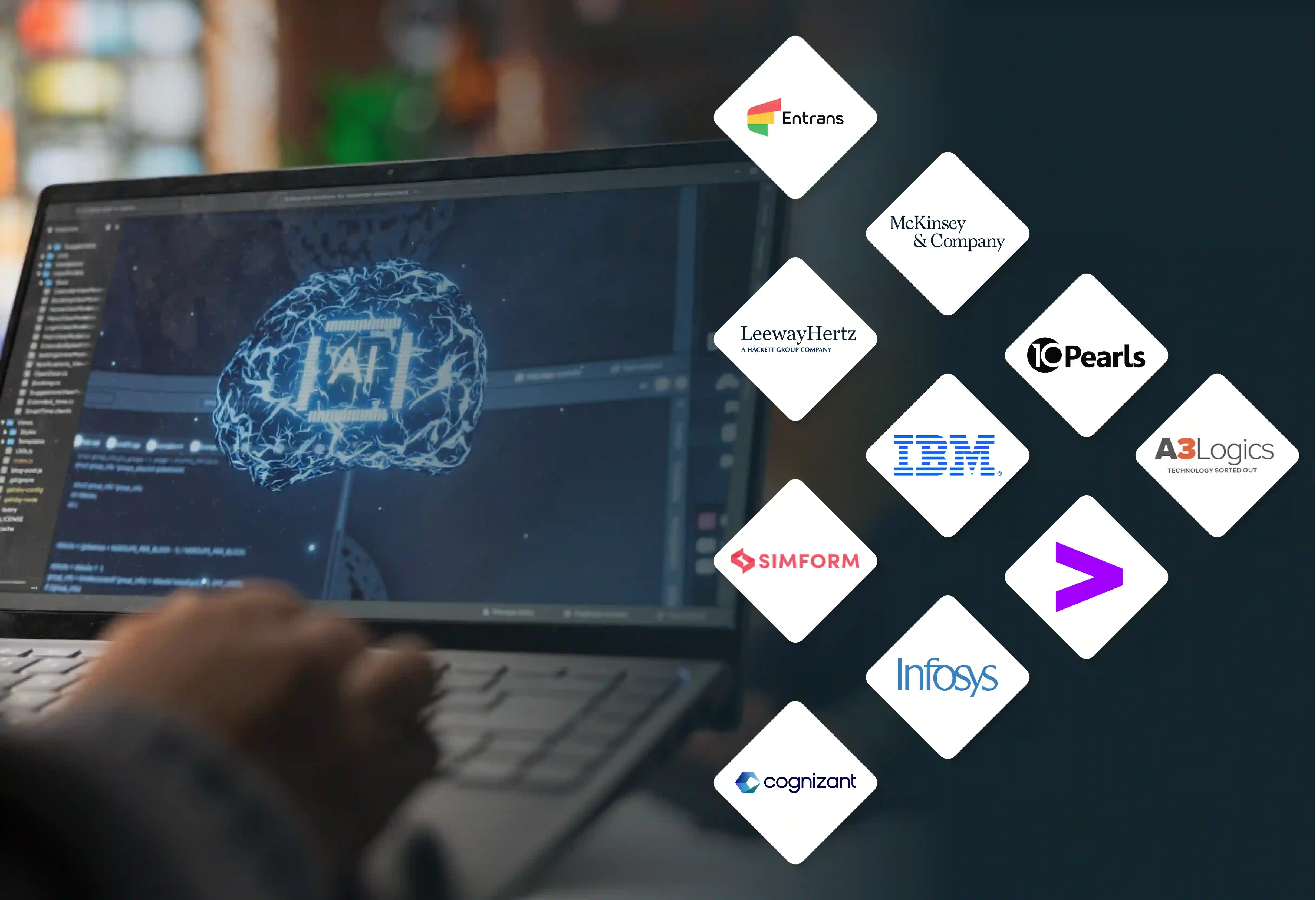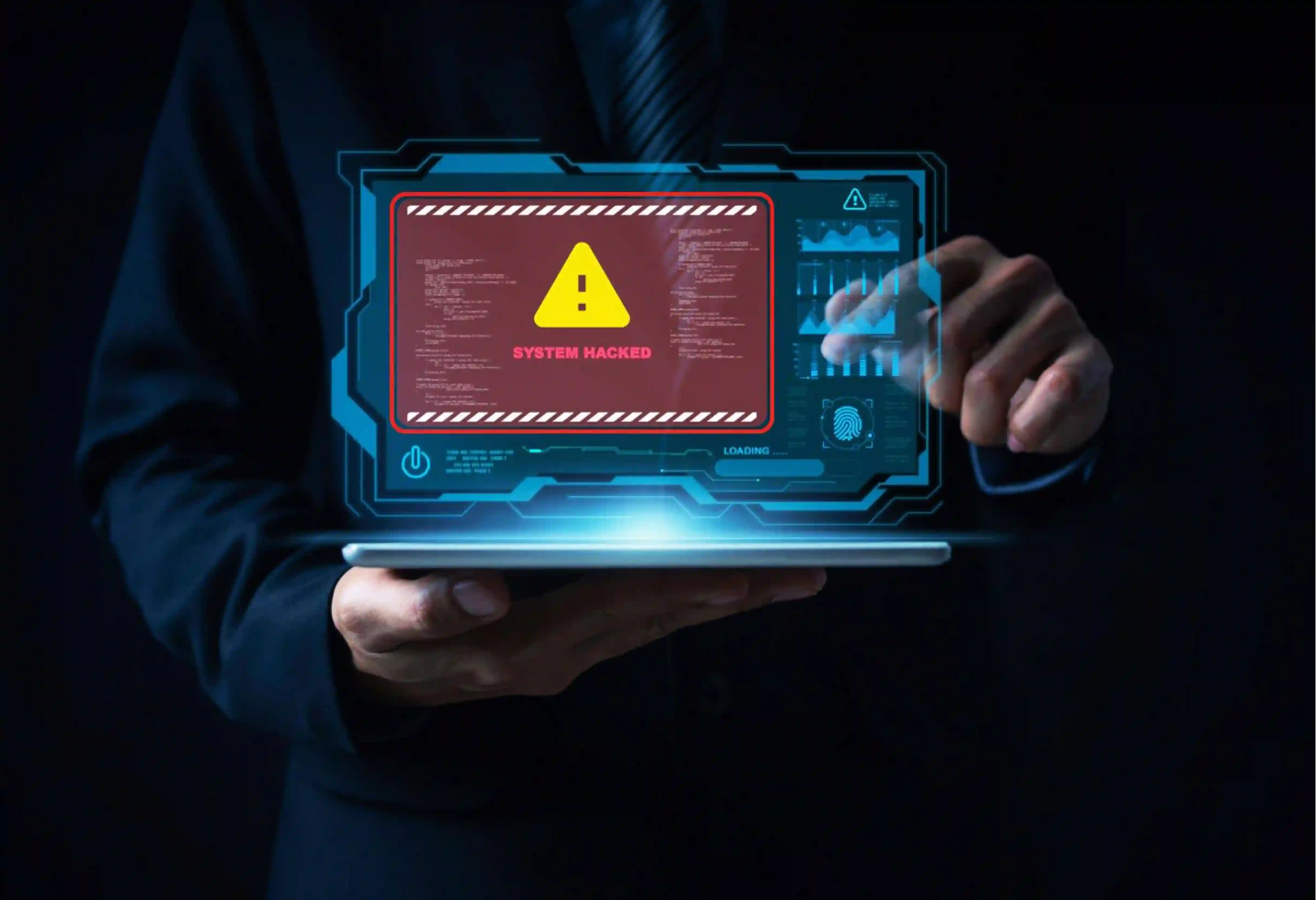


Global supply chains are the lifeblood of commerce, yet they remain vulnerable to disruption. From the pandemic to geopolitical instability, climate events, and shifting consumer demand, enterprises have seen how fragile traditional supply chain models can be.
Legacy stacks, built on batch processing, spreadsheets, and siloed ERP systems, often limit visibility and slow decision-making. When demand spikes or suppliers fail, organizations tied to outdated systems react too late, leading to delays, losses, and damaged customer trust.
Modernization, powered by cloud, AI, and automation, is transforming supply chains into dynamic, data-driven ecosystems. For enterprises, this is no longer optional — it is the foundation for competitiveness and continuity.
Many enterprises still rely on outdated systems such as AS400, Excel-driven planning, or siloed ERP modules. These limitations create significant challenges:
These weaknesses are magnified during crises, leaving businesses exposed.
Modernization begins by creating an orchestration layer that unifies processes across procurement, logistics, sales, and operations. This provides:
Application flexibility ensures supply chains operate as connected ecosystems rather than fragmented units.
Supply chains run on information. Delayed insights result in missed opportunities and costly disruptions. Modern pipelines deliver:
By moving from batch-driven to real-time pipelines, enterprises reduce latency and gain the agility to act in the moment.
AI-driven intelligence is transforming supply chain decision-making from reactive to predictive. Key applications include:
Automation reduces manual overhead while enabling proactive responses to complexity.
Legacy ERPs and on-premise systems lack the flexibility required for today’s interconnected global supply chains. Cloud-native platforms offer:
Modern platforms ensure supply chains are not just efficient but also adaptive and intelligent.
Organizations that modernize their supply chains report measurable improvements:
These outcomes highlight how modernization shifts supply chains from cost centers to strategic growth enablers.
Consider a global retailer reliant on batch-driven systems for inventory planning. Seasonal demand spikes often led to stockouts of high-demand products and excess inventory of low-demand items.
By modernizing its stack with real-time pipelines, AI-based forecasting, and a cloud-native orchestration layer, the retailer achieved:
The shift not only improved profitability but also strengthened customer loyalty by ensuring products were available when and where customers needed them.
Enterprises can modernize supply chains incrementally to manage risk and cost:
Modernizing supply chains is no longer a question of if but how quickly. Legacy systems cannot keep pace with the speed, scale, and uncertainty of global commerce.
By adopting application flexibility, real-time data, AI, automation, and cloud-native platforms, enterprises create supply chains that are predictive, adaptive, and resilient.
In an era where disruption is constant, modernized supply chains are not just operational necessities. They are strategic differentiators that help enterprises protect margins, delight customers, and sustain growth.





